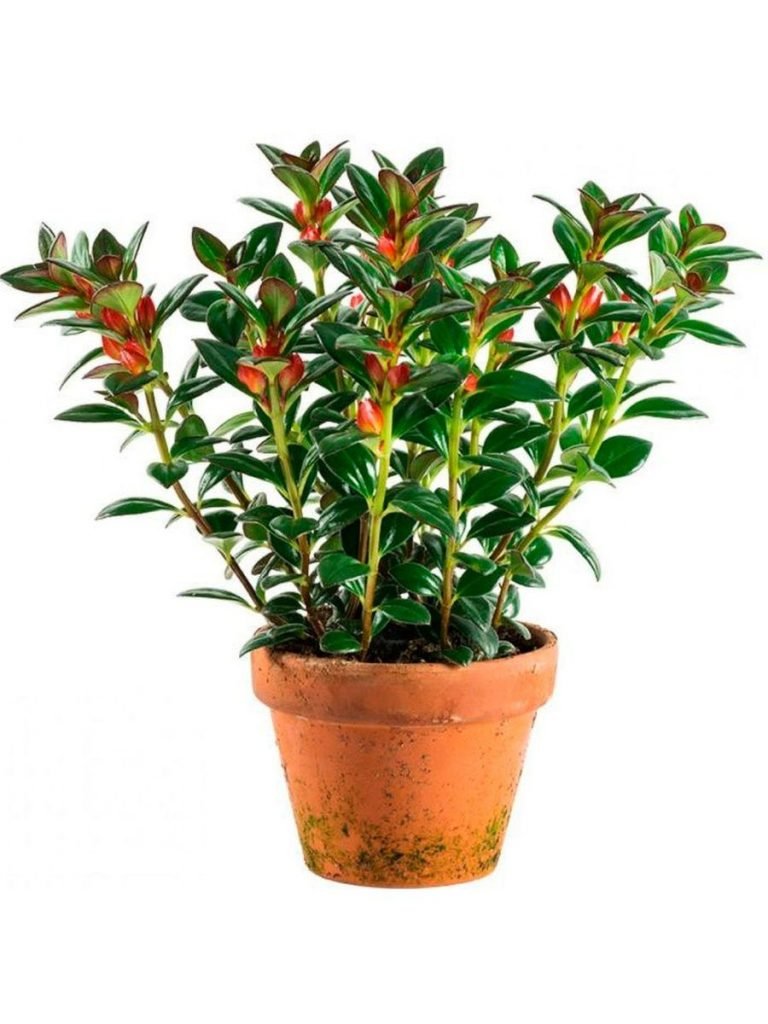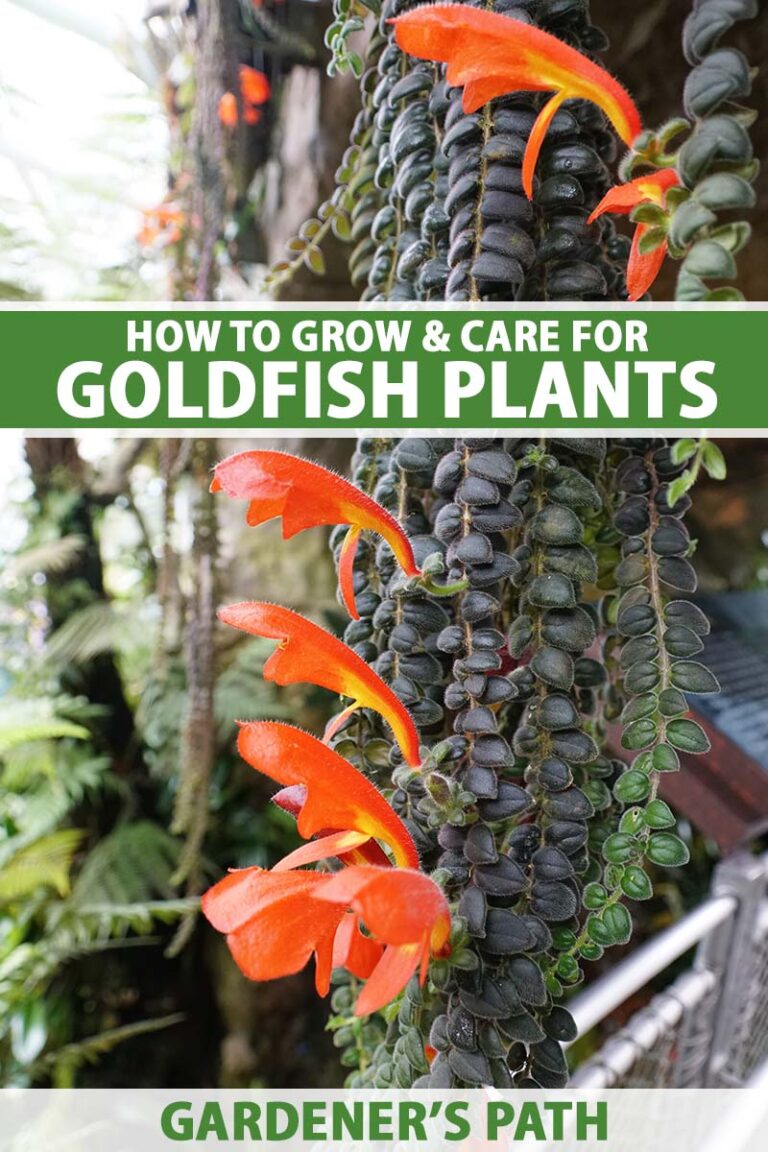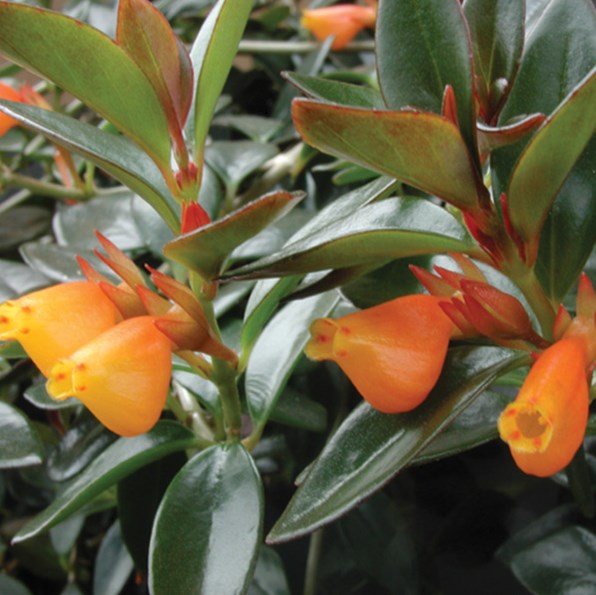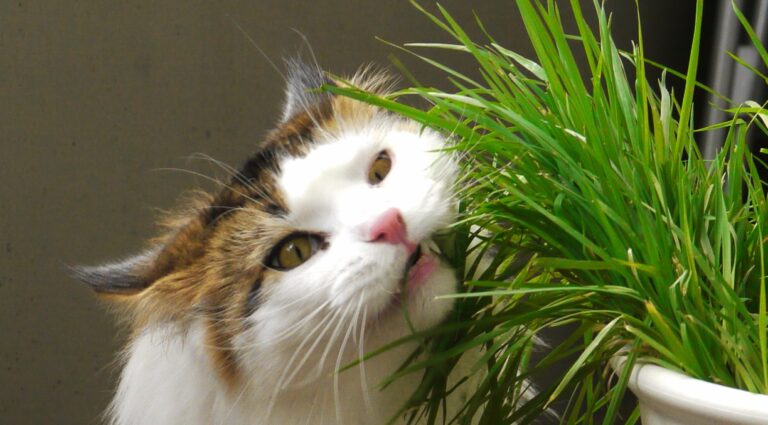Understanding Goldfish Plant Care
Proper care is essential for maintaining the health and vitality of your goldfish plant. Here we’ll cover essential aspects such as watering and moisture balance, as well as light and temperature needs.
Watering and Moisture Balance
Watering is a critical factor for the well-being of your goldfish plant. Overwatering can cause issues such as drooping leaves and root rot, whereas underwatering can lead to consistently dry soil, harming the plant. It’s vital to monitor the plants and avoid strict watering schedules (The Sill).
Ideal Watering Practices:
- Water when the top inch of soil feels dry.
- Ensure the pot has proper drainage to prevent water from stagnating at the roots.
- Use room-temperature water to avoid shocking the plant.
For more specifics on watering, visit our detailed guidance on goldfish plant watering.
| Condition | Symptom | Solution |
|---|---|---|
| Overwatering | Drooping leaves, root rot | Reduce watering frequency; improve drainage |
| Underwatering | Dry soil, wilting leaves | Increase watering to maintain soil moisture |
Light and Temperature Needs
Goldfish plants thrive in environments where they receive bright, indirect light. Direct sunlight can scorch their leaves, so it’s best to place them near an eastern-facing window or use grow lights during the winter (The Spruce).
Light Requirements:
- Bright, indirect light is ideal.
- Avoid direct sunlight to prevent leaf burn.
- Provide long periods of light, up to 10 hours a day.
Temperature Preferences:
- Maintain a temperature range between 65°F and 75°F (18°C – 24°C).
- Avoid exposing the plant to cold drafts or excessively dry air.
- The plant prefers a humid environment; you can use a humidifier to maintain moisture levels.
Explore more about appropriate lighting in our article on goldfish plant light.
| Factor | Requirement | Notes |
|---|---|---|
| Light | Bright, indirect light | Eastern-facing window or grow lights |
| Temperature | 65°F – 75°F (18°C – 24°C) | Avoid cold drafts |
| Humidity | High humidity | Use a humidifier if necessary |
By paying attention to these key aspects of watering, light, and temperature, gardeners can ensure their goldfish plant thrives. For more information on various aspects of goldfish plant care, visit our comprehensive goldfish plant care instructions.
Troubleshooting Goldfish Plant Issues
When it comes to diagnosing issues with your goldfish plant, understanding the leaf health and growth patterns is crucial. This section will guide you through common indicators of plant distress and provide solutions to the issues you may encounter.
Leaf Health and Growth Patterns
The health of your plant’s leaves can be a strong indicator of overall well-being.
- Wilting and Yellowing Leaves: Often a sign of improper watering. Both overwatering and underwatering can cause these symptoms. Ensure the soil stays moist but not waterlogged. Goldfish Plant Watering
- Curling Leaves: Typically indicates the plant is not getting enough water. Consistently monitor the watering schedule and humidity levels, particularly in dry climates. Utilizing a humidifier or misting can help. Southern Living
- Leaf Drop: Can be caused by environmental stress such as improper light (too much or too little) or incorrect temperatures. Make sure the plant is kept in a stable environment. Goldfish Plant Light
- Stunted Growth: May indicate a lack of nutrients. Consider using a balanced fertilizer to provide essential nutrients. Goldfish Plant Fertilizer
Common Problems and Solutions
Goldfish plants can face several common problems. Below are some issues and their corresponding solutions.
| Problem | Symptoms | Solution |
|---|---|---|
| Overwatering | Wilting, yellowing leaves, root rot | Adjust watering schedule to keep soil moist but not soggy. Ensure good drainage. Goldfish Plant Watering |
| Underwatering | Curling leaves, wilting | Increase watering frequency. Ensure the soil remains consistently moist. |
| Insufficient Light | Stunted growth, lack of blooms | Move the plant to a brighter location but avoid direct sunlight. Goldfish Plant Sunlight |
| High Temperatures | Leaf drop, browning leaves | Keep the plant in a stable temperature range between 65°F and 75°F. |
| High Humidity | Leaf drop, browning leaves, leggy growth | Reduce humidity levels, and ensure proper air circulation. |
| Pest Infestation | Visible pests, damaged leaves | Treat with insecticidal soap or neem oil to control aphids, spider mites, and mealybugs. The Spruce |
By understanding the health and growth patterns of your goldfish plant, you can more effectively diagnose and address common issues. Regular monitoring and proper care will help keep your plant vibrant and healthy. For further details on care instructions, check out our guide on goldfish plant care instructions and learn how to maintain a thriving plant.




